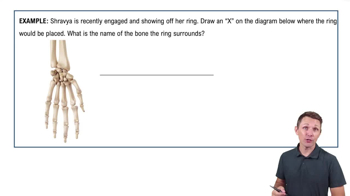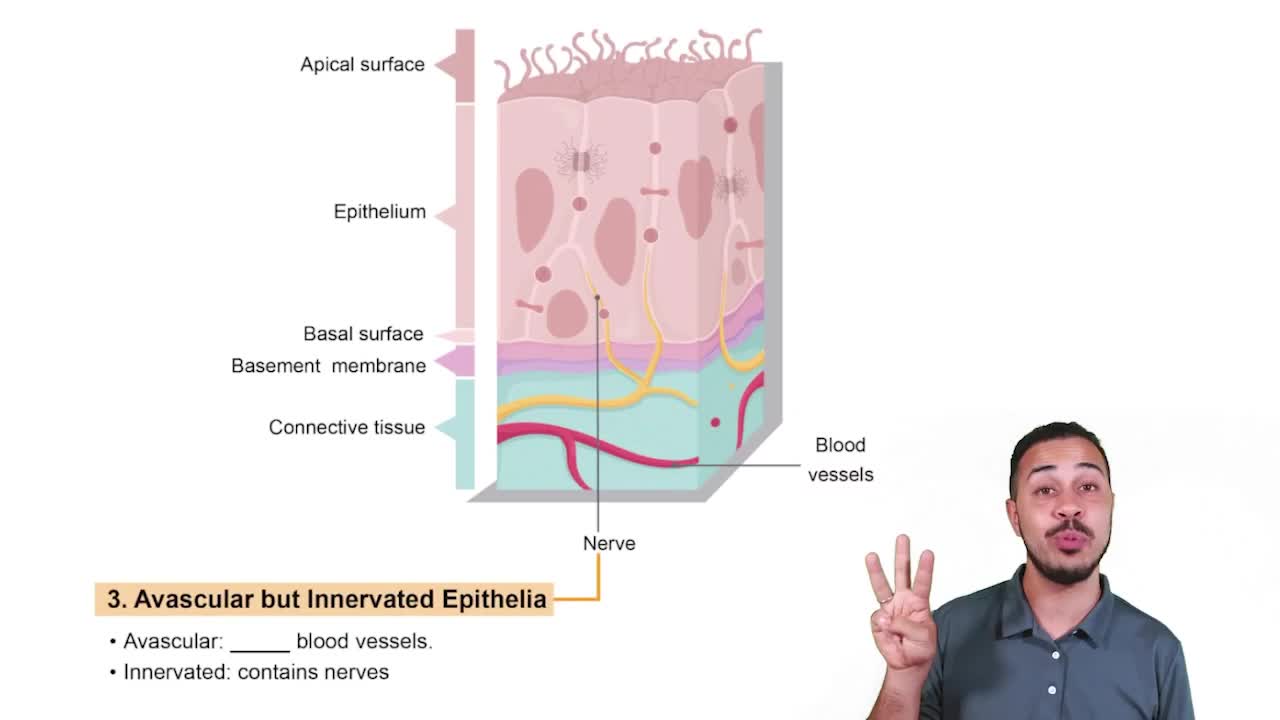Mark the following statements as true or false. If the statement is false, correct it to make a true statement.
b. The latissimus dorsi muscle is a major abductor of the arm
 Verified step by step guidance
Verified step by step guidance



Mark the following statements as true or false. If the statement is false, correct it to make a true statement.
b. The latissimus dorsi muscle is a major abductor of the arm
Mark the following statements as true or false. If the statement is false, correct it to make a true statement.
c. The rhomboid major and minor muscles retract the scapula.
Mark the following statements as true or false. If the statement is false, correct it to make a true statement.
d. The deltoid muscle is a main abductor of the forearm.
Which of the following muscles flexes the thigh, but also laterally flexes the vertebral column when its origin and insertion switch?
a. Sartorius muscle
b. Psoas major muscle
c. Iliacus muscle
d. Rectus abdominis muscle
Match the muscle with its main action:
____Vastus medius muscle
____Gracilis muscle
____Gluteus medius muscle
____Gastrocnemius muscle
____Biceps femoris muscle
____Tibialis anterior muscle
a. Adducts thigh
b. Extends thigh and flexes leg
c. Plantarflexes foot
d. Abducts thigh
e. Dorsiflexes foot
f. Extends leg
If 'adductor' is part of the name of a muscle, what does that tell you about the muscle?
a. It is a wide muscle.
b. It is a long muscle.
c. It raises a body part.
d. It pulls a body part toward the midline.